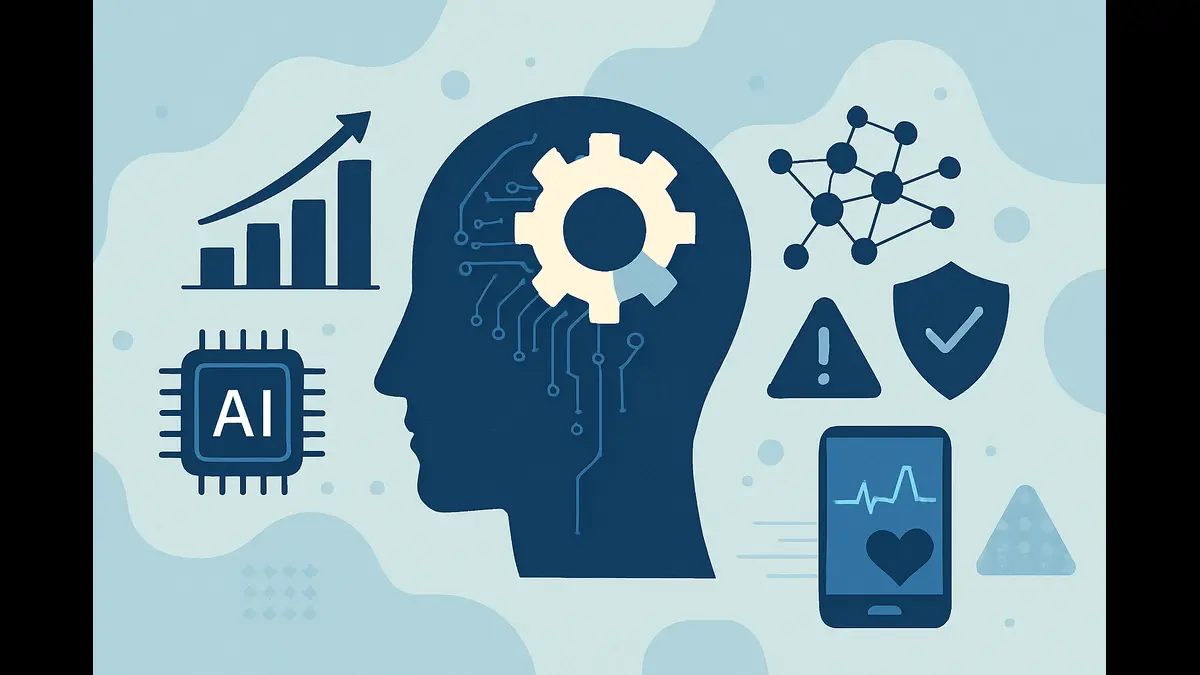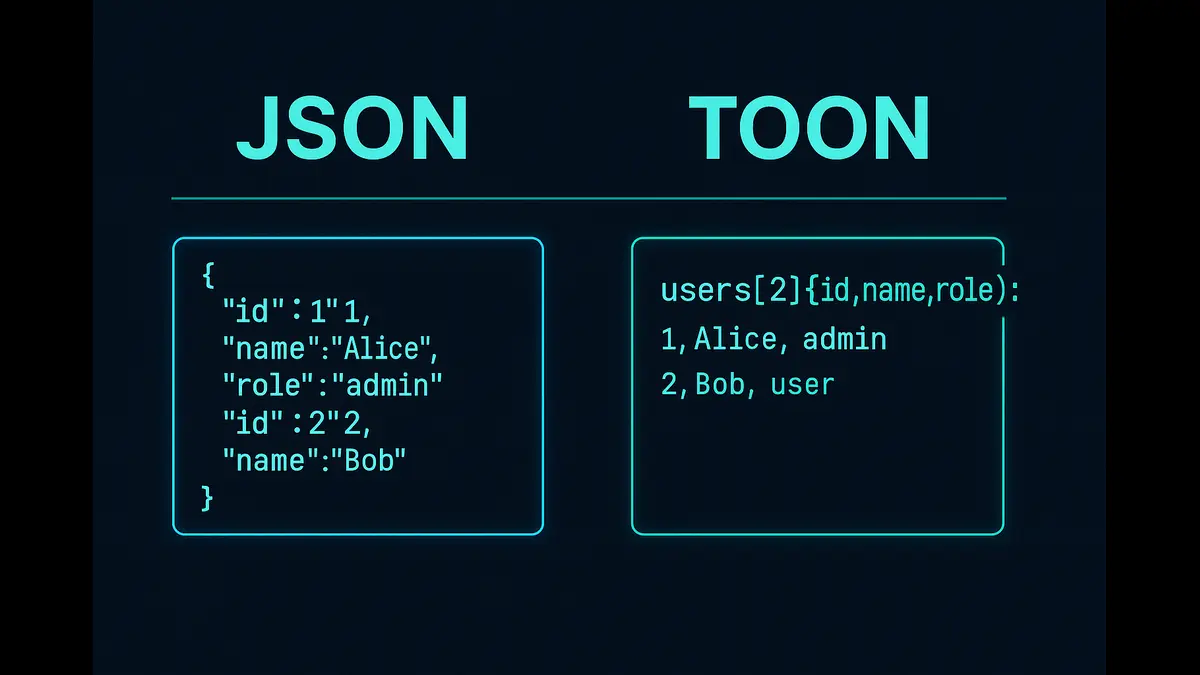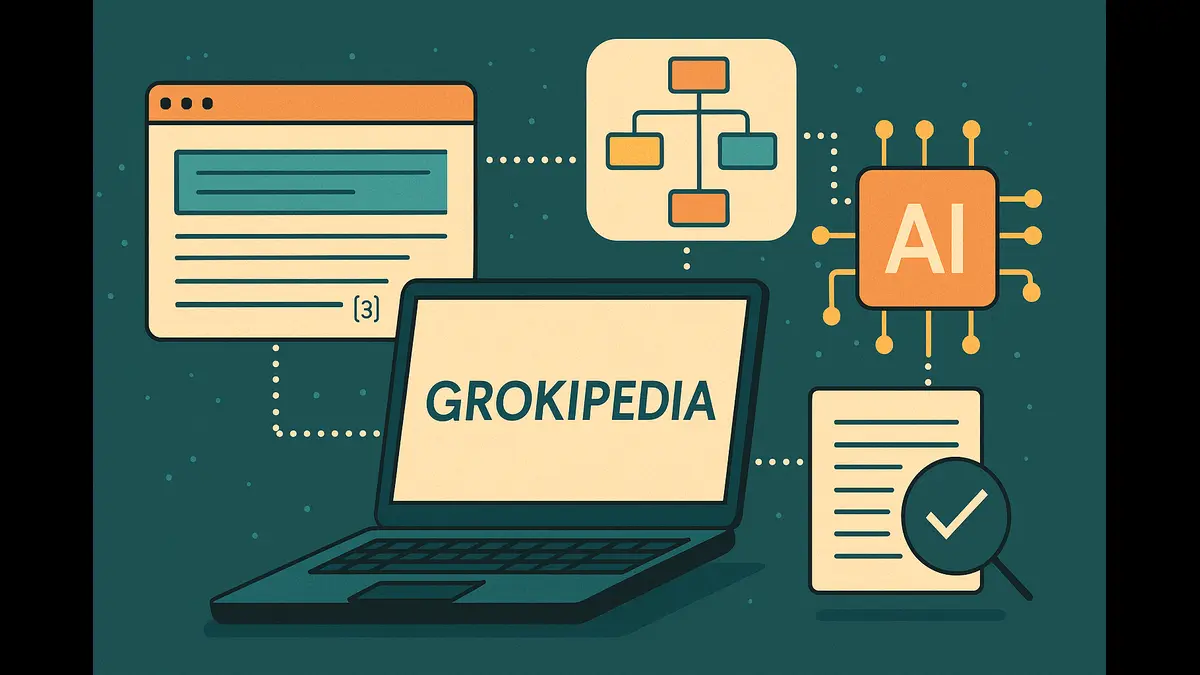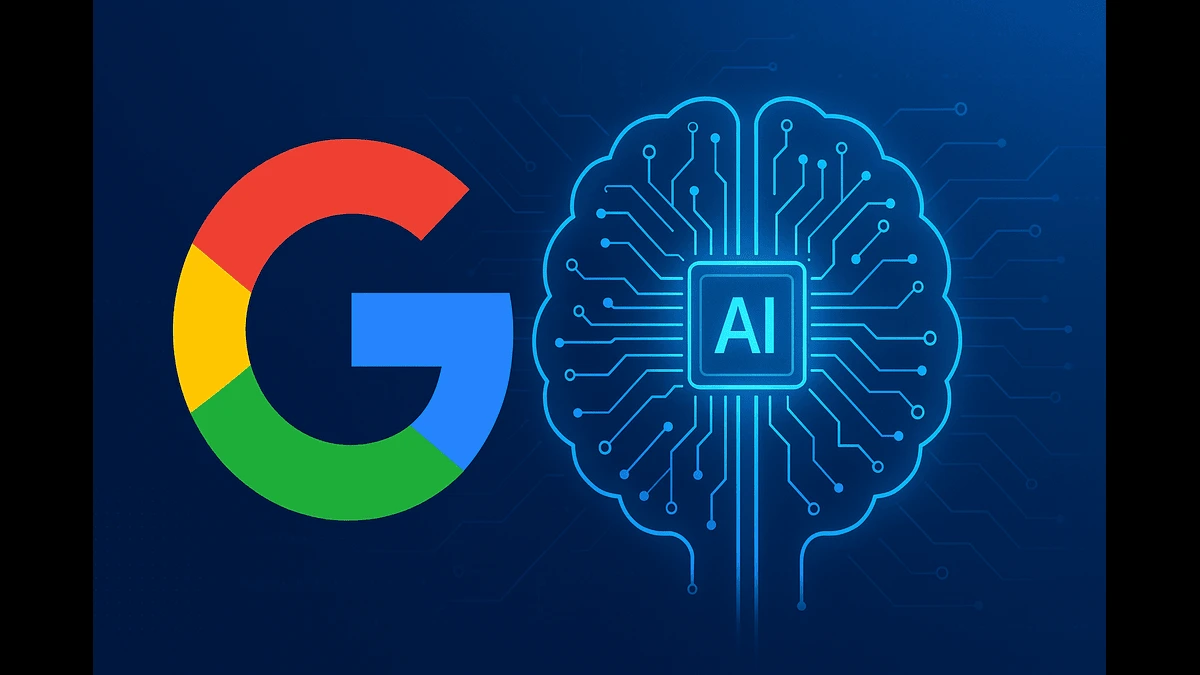
AI in 2025 is powerful yet narrow—driving innovation in healthcare, finance, and retail while facing challenges in jobs, ethics, and regulation.
The current AI situation is best described as a powerful yet narrowly focused technological force, driving innovation across industries while grappling with ethical, regulatory, and societal challenges. Artificial Intelligence (AI) in 2025 is a cornerstone of modern business and daily life, with AI trends shaping healthcare, finance, and retail, and AI challenges like bias and job displacement demanding urgent attention.
This article provides a clear, evidence-grounded survey of AI in 2025—defining the current state, outlining key technical characteristics, mapping sectoral impact, examining constraints and risks, and tracing the regulatory trajectory—so leaders can make practical, defensible decisions about adoption and governance.
Defining the Current State of AI
The current landscape in 2025 is dominated by Artificial Narrow Intelligence (ANI)—systems engineered for specific tasks like language processing or image recognition—whereas Artificial General Intelligence (AGI) remains theoretical. Narrow AI powers today’s most prominent applications, with generative AI and Large Language Models (LLMs) leading the charge (e.g., GPT-4o, Gemini, Claude, LLaMA). These models excel at generating human-like text, answering queries, and creating content, but their capabilities remain bounded and require human oversight for complex reasoning. Recent editions of the Stanford AI Index document rapid advances and widespread adoption while emphasizing that models still trail humans on planning and difficult reasoning tasks.
Key Characteristics
Specialized capabilities. AI excels in targeted applications—chatbots (including domain copilots), computer vision for inspection and recognition, voice assistants, and code assistants—delivering speed and scale but within well-defined task boundaries.
Rapid machine-learning advances. Deep learning (stacked neural networks) has pushed language and vision benchmarks, while reinforcement learning improves control and strategy through trial-and-error optimization. The AI Index 2024 notes systems surpassing humans on several image and language tasks yet lagging on competition-level math, commonsense in visuals, and long-horizon planning—progress with persistent gaps.
Improving cost efficiency. Falling inference costs, model compression/quantization, and cloud AI services (AWS, Google Cloud, Azure) have compressed time-to-adopt for startups and SMEs. The reports further highlight that the industry’s role in model development and the intensifying compute/dataset footprint—context for cost/latency trade-offs must be managed by organizations.
Opportunities and Industry Impact
Healthcare
AI is moving from pilot projects to regulated, workflow-level tools that change time-to-treatment and case throughput. In imaging, triage algorithms (for example, Viz.ai’s stroke software) analyze CT angiography within minutes and text the on-call neuro team when a large-vessel occlusion is suspected—compressing “door-to-needle” timelines where minutes protect brain tissue. FDA documents and clinical reports show sensitivity/specificity in the high-80s to 90% range for LVO detection, with measurable alert-time reductions, while hundreds of other AI/ML devices—predominantly in radiology—have been authorized in the United States, signaling a maturing regulatory pathway. Importantly, fully autonomous systems are still rare but real: IDx-DR (2018) screens for diabetic retinopathy without clinician over-read; more recently, handheld fundus cameras paired with AI received FDA clearance for near-point-of-care screening, broadening access for primary care and community clinics. These gains come less from “doctor replacement” and more from triage, earlier detection, and load balancing across constrained clinical staff.
Finance
In consumer wealth, robo-advisors industrialize portfolio rebalancing, tax-loss harvesting, and risk profiling for the mass-affluent, while banks embed model-based decisioning across underwriting and fraud. The practical upside is fewer human hours spent on repetitive suitability checks and more time on complex, high-touch cases. On the enterprise side, AI copilots for analysts and engineers are now part of the tooling layer: controlled experiments with GitHub Copilot demonstrate developers completing standard tasks ~56% faster, which compounds across release trains and controls operational cost per feature. The near-term playbook is simple: use copilots to widen analyst/developer bandwidth; reserve heavier models for research, scenario analysis, and stress-testing.
Retail
Modern retail is a data-feedback loop: demand sensing → inventory optimization → personalized merchandising → fulfillment routing. Personalization alone—recommendations, triggered messaging, dynamic bundles—consistently lifts revenue in the high single to low double digits when executed well and backed by clean first-party data. McKinsey’s synthesis pegs typical revenue lift at 5–15% with 10–30% marketing-ROI improvement; leaders push higher by integrating journey orchestration across web, app, email, and in-store signals. Meanwhile, supply-chain AI moves from proprietary advantage to industry product: Walmart, after years of internal deployment, commercialized its AI route optimization stack as SaaS, and is doubling down on warehouse robotics partnerships—evidence that forecasting and logistics intelligence are becoming platform markets in their own right.
Work augmentation over replacement
The defining pattern in 2025 is co-pilot, not autopilot. Embedded assistants draft, summarize, and pre-analyze across office suites, BI tools, design systems, IDEs, and customer support consoles. The result isn’t just nominal speed; it’s a shift in task mix—humans curate prompts, verify outputs, and handle exceptions while models chew through boilerplate and retrieval. Controlled studies around developer copilots quantify the effect (median ~55% faster on scoped tasks), and similar dynamics are emerging in documentation, sales ops, and FP&A. Enterprises seeing durable value standardize on human-in-the-loop review, evaluation dashboards, and red-team tests rather than chasing full autonomy.
SME adoption and macro upside
Because foundational models are now consumable via API or lightweight edge runtimes, SMEs can stand up chat support, lead-scoring, and forecasting without owning GPU fleets. This “AI as utility” diffusion is why macro studies continue to forecast outsized impact. The oft-cited PwC analysis estimates up to $15.7 trillion added to global GDP by 2030 through productivity and new consumption, with regional variance by sector mix and readiness. Whether you anchor on PwC or other forecasters, the directional takeaway is consistent: most of the value arrives when AI is wired into day-to-day processes (service, supply, sales), not just R&D.
Challenges and Concerns
Jobs and skills churn
Across OECD economies, exposure to AI isn’t uniform: roles with heavy routine cognition (claims processing, basic analysis, customer ops) sit in the highest-risk bucket, while occupations blending domain judgment, stakeholder management, and social cognition skew more resilient. Recent OECD analyses show that high-exposure jobs increasingly demand a hybrid skill mix—management, business-process literacy, digital fluency, and interpersonal skills—implying re-bundling of work rather than a simple replace/retain binary. In several OECD samples, roughly one-quarter to one-third of jobs are in categories with elevated automation or augmentation exposure; vacancies in high-exposure occupations disproportionately call for management (≈72%) and business-process skills (≈67%), with strong demand for social and digital skills as complements to AI. The policy takeaway is practical: reskilling needs to target workflows (how tasks fit together), not just tool tips, and should privilege transfer skills that travel across functions.
Bias, fairness, and privacy
Unbalanced training data can cascade into unfair outcomes in credit, hiring, and health. The U.S. NIST FRVT series has documented demographic differentials in face recognition error rates across algorithms—useful as a cautionary baseline when deploying identity or safety systems. Beyond model metrics, privacy risk rises with concentration of large, sensitive datasets; governance therefore shifts from “model performance only” to end-to-end controls: data minimization, purpose limitation, differential access, red-team tests, and post-deployment monitoring. The NIST AI Risk Management Framework (AI RMF 1.0) is increasingly used as a voluntary scaffold for these controls, emphasizing context, measurement, and iterative risk treatment rather than one-off audits.
Market concentration
Control of critical inputs—advanced accelerators, hyperscale cloud capacity, and proprietary data—confers outsized bargaining power on a handful of firms. In chips, analysts still peg Nvidia as the dominant supplier for training and inference, with recent estimates placing share around ~80% and projecting only gradual dilution as alternatives scale over the decade. In cloud, the “big three” retain the lion’s share of infrastructure services—AWS, Microsoft Azure, and Google Cloud—shaping price/performance, access to specialized silicon, and the surrounding ISV ecosystems. For startups and SMEs, this means careful platform risk planning: negotiate exit ramps (portable runtimes, open formats), diversify regions/tenants, and consider where small language models (SLMs) at the edge can relieve hyperscaler dependency.
Intellectual property (IP)
Legal boundaries around training data and generative outputs remain unsettled and jurisdiction-dependent. High-profile cases—such as The New York Times v. OpenAI/Microsoft—test theories of fair use and scraping/licensing obligations for news content, while other suits by authors and visual creators probe reproduction, attribution, and derivative-work doctrine. Courts have already narrowed or dismissed some theories; elsewhere we’re seeing negotiated outcomes and proposed collective licensing. The direction of travel is mixed: some analyses argue for transformative-use defenses; parallel cases signal potential liability when centralized libraries of copyrighted works are retained without authorization.
Regulatory Outlook
The EU AI Act entered into force on August 1, 2024, with staged obligations: prohibitions and AI-literacy duties apply from February 2, 2025; GPAI (general-purpose AI) model obligations became applicable August 2, 2025; and the broader high-risk regime becomes fully applicable August 2, 2026, with certain embedded high-risk products extended to August 2, 2027. For global builders, this implies early work on model and data documentation, risk management, and transparency tooling—especially if your systems land in high-risk use cases or you distribute GPAI models.
United States policy posture
In January 2025, a new presidential order shifted the federal stance toward an “innovation-first” posture by revoking portions of the 2023 AI executive order, while directing agencies to streamline rules that could impede domestic AI development. In practice, much day-to-day guidance still flows through agencies—most notably NIST and its AI RMF guidance and profiles—while Congress debates comprehensive legislation. U.S. enterprises should expect an interim regime of sectoral rules, procurement standards, and agency guidance rather than a single omnibus statute—at least near-term.
Future Trends in AI
Regulation as a design constraint. EU AI Act obligations will shape global product roadmaps (extraterritorial reach, supply-chain duties). Compliance for GPAI lands in Aug 2025; high-risk system rules follow through 2026–27.
Efficiency and Small Language Models (SLMs). With cost and latency pressure rising, organizations are adopting smaller, task-specific, and edge-deployable models (distilled/quantized) while reserving very large models for complex tasks. The AI Index chronicles an expanding ecosystem of specialized and open models reflecting this shift.
Sovereign AI pipelines. Governments and regulated industries (notably in India and the EU) are building domestic data/model stacks to reduce dependency on a few foreign providers and to meet data-residency demands.
Edge AI and multimodality. On-device inference enables real-time decisions for IoT/autonomy and improves privacy. Meanwhile, multimodal systems that natively fuse text, vision, and audio promise smoother interactions but add new safety/evaluation challenges. Infrastructure constraints (power, HBM, packaging) are also reshaping deployment choices toward efficient architectures.
AI today is powerful but narrow, transformative but unevenly distributed. Its ability to revolutionize healthcare, finance, and retail is tempered by labor disruption, ethics concerns, market concentration, and regulatory fragmentation. The way leaders shape AI adoption, ethics, and governance over 2025–2027 will define outcomes. Prioritizing transparent systems, targeted reskilling, and clear accountability can unlock productivity while maintaining public trust.
FAQs
1) What is the current state of AI in 2025?
Narrow, task-specific systems dominate. They deliver strong performance in bounded tasks but still lack robust cross-domain reasoning and planning.
2) What are the main challenges of AI today?
Skills disruption, bias/privacy risks, market concentration in compute and cloud, unsettled IP boundaries, and complex, tightening regulation (EU AI Act timelines; shifting U.S. posture).
3) How is AI impacting industries in 2025?
Healthcare imaging support, financial personalization/automation, retail recommendations/forecasting, and education personalization—typically deployed as human-in-the-loop copilots. Macro studies project sizable GDP gains by 2030.
4) What is the future of AI regulation?
In the EU, phased obligations for bans, GPAI, and high-risk systems roll through 2025–2027. In the U.S., executive direction changed in Jan 2025 while agencies maintain technical guidance pending legislation.
5) What industries benefit most from AI in 2025?
Healthcare, finance, retail, and education see the clearest value; SMEs are catching up via cloud services and lighter models.
Join the Poniak Search Early Access Program
We’re opening early access to our AI-Native Poniak Search.
The first 500 sign-ups will unlock exclusive future benefits
and rewards as we grow.
⚡ Limited Seats available
Discover more from Poniak Times
Subscribe to get the latest posts sent to your email.







